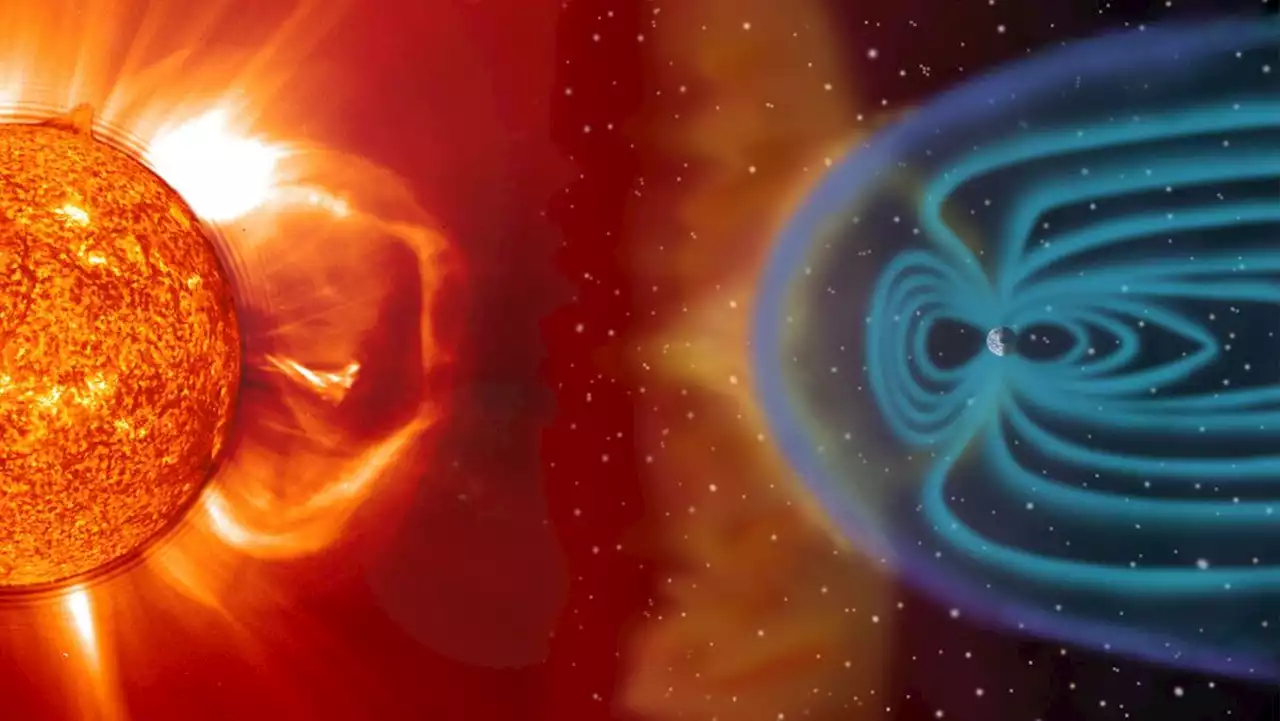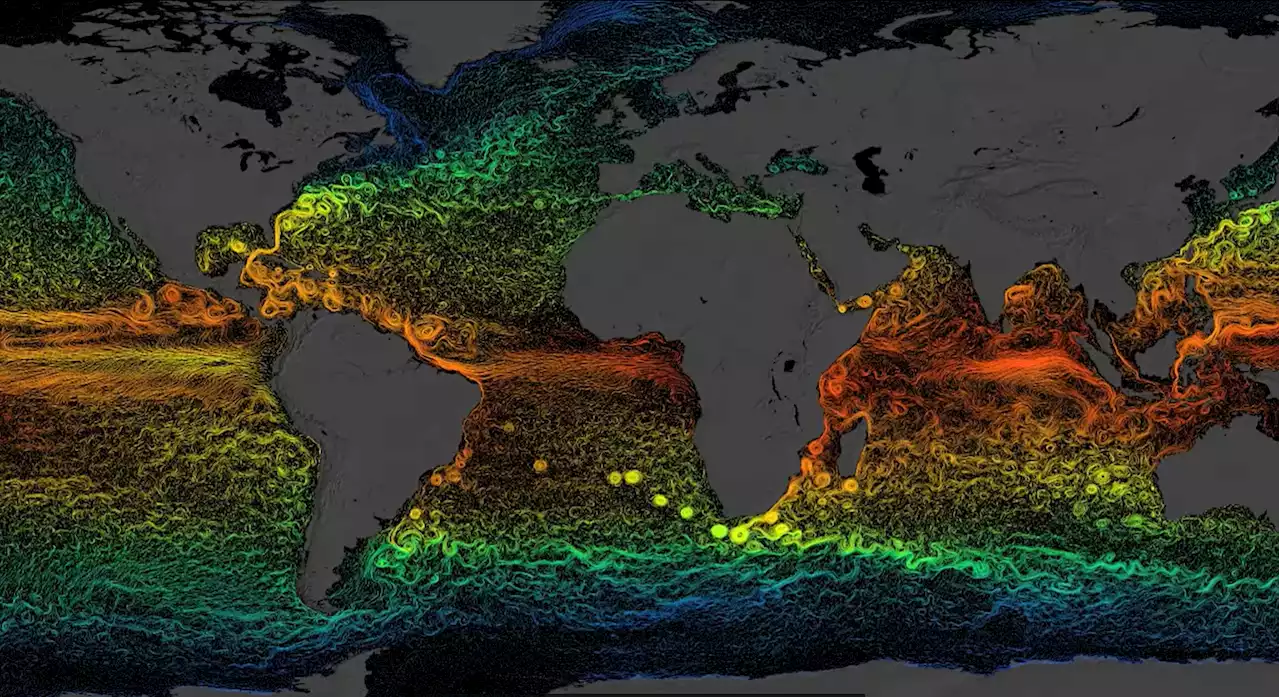There are countless ways humans harness the luminescent properties of rare earths.
We rely on rare earths to color our smartphone screens, fluoresce to signal authenticity in euro banknotes and relay signals through fiber-optic cables across the seafloor. They are also essential for building some of the world’s strongest and most reliable magnets. They generate sound waves in your headphones, boost digital information through space and shift the trajectories of heat-seeking missiles.
Most lanthanides possess another important set of electrons called the “f-electrons,” which dwell in a Goldilocks zone located near the valence electrons but slightly closer to the nucleus. “It’s these f-electrons that are responsible for both the magnetic and luminescent properties of the rare earth elements,” says Ana de Bettencourt-Dias, an inorganic chemist at the University of Nevada, Reno.The rare earths are a group of 17 elements .
Rare earths also radiate useful invisible light. Yttrium is a key ingredient in yttrium-aluminum-garnet, or YAG, a synthetic crystal that forms the core of many high-powered lasers. Engineers tune the wavelengths of these lasers by lacing YAG crystals with another rare earth. The most popular variety are neodymium-laced YAG lasers, which are used for everything from slicing steel to removing tattoos to laser range-finding.
It’s those f-electrons at play. Rare earths have many orbitals of electrons, but the f-electrons inhabit a specific group of seven orbitals called the 4f-subshell. In any subshell, electrons try to spread themselves out among the orbitals within. Each orbital can house up to two electrons. But since the 4f-subshell contains seven orbitals, and most rare earths contain fewer than 14 f-electrons, the elements tend to have multiple orbitals with just one electron.
Brasil Últimas Notícias, Brasil Manchetes
Similar News:Você também pode ler notícias semelhantes a esta que coletamos de outras fontes de notícias.
 Orbit of Doom: The Surprising Connection Between Earth's Orbital Patterns and an Ancient Warming EventAn international team of scientists has suggested that changes in Earth's orbit that resulted in hotter conditions may have played a role in triggering a rapid global warming event that occurred 56 million years ago. This event, known as the Paleocene-Eocene Thermal Maximum (PETM), is considered to
Orbit of Doom: The Surprising Connection Between Earth's Orbital Patterns and an Ancient Warming EventAn international team of scientists has suggested that changes in Earth's orbit that resulted in hotter conditions may have played a role in triggering a rapid global warming event that occurred 56 million years ago. This event, known as the Paleocene-Eocene Thermal Maximum (PETM), is considered to
Consulte Mais informação »
 A rare, green comet is zooming by Earth for the first time in 50,000 yearsA recently discovered comet will make a brief appearance in the night sky over the next month before it travels out of view again.
A rare, green comet is zooming by Earth for the first time in 50,000 yearsA recently discovered comet will make a brief appearance in the night sky over the next month before it travels out of view again.
Consulte Mais informação »
 The Wandering Earth 2 to Open Theatrically in US on January 22ndICYMI: TheWanderingEarth2, the sequel to the 2019 Chinese SciFi blockbuster from LiuCixin's novella, is getting a North American theatrical release on January 22nd in time for ChineseNewYear. WellGoUSA
The Wandering Earth 2 to Open Theatrically in US on January 22ndICYMI: TheWanderingEarth2, the sequel to the 2019 Chinese SciFi blockbuster from LiuCixin's novella, is getting a North American theatrical release on January 22nd in time for ChineseNewYear. WellGoUSA
Consulte Mais informação »
 We finally know why mysterious waves appear to survive the journey through Earth's turbulent 'shock' regionRobert Lea is a science journalist in the U.K. whose articles have been published in Physics World, New Scientist, Astronomy Magazine, All About Space, Newsweek and ZME Science. He also writes about science communication for Elsevier and the European Journal of Physics. Rob holds a bachelor of science degree in physics and astronomy from the U.K.’s Open University. Follow him on Twitter sciencef1rst.
We finally know why mysterious waves appear to survive the journey through Earth's turbulent 'shock' regionRobert Lea is a science journalist in the U.K. whose articles have been published in Physics World, New Scientist, Astronomy Magazine, All About Space, Newsweek and ZME Science. He also writes about science communication for Elsevier and the European Journal of Physics. Rob holds a bachelor of science degree in physics and astronomy from the U.K.’s Open University. Follow him on Twitter sciencef1rst.
Consulte Mais informação »
 Inspiration4: The first all-civilian spaceflight on SpaceX DragonThe Inspiration4 was Jared Isaacman's privately funded trip to Earth's orbit raised lots of money for a children's research hospital.
Inspiration4: The first all-civilian spaceflight on SpaceX DragonThe Inspiration4 was Jared Isaacman's privately funded trip to Earth's orbit raised lots of money for a children's research hospital.
Consulte Mais informação »
 NASA: 2022 Was 5th-Warmest Year On Record2022 effectively tied for Earth’s 5th warmest year since 1880, and the last 9 consecutive years have been the warmest 9 on record.
NASA: 2022 Was 5th-Warmest Year On Record2022 effectively tied for Earth’s 5th warmest year since 1880, and the last 9 consecutive years have been the warmest 9 on record.
Consulte Mais informação »
